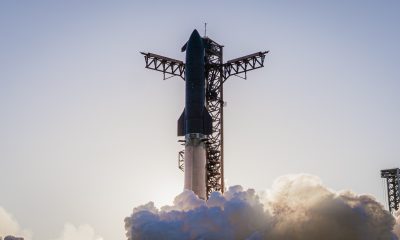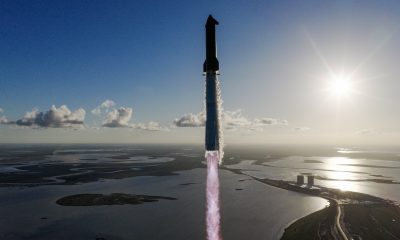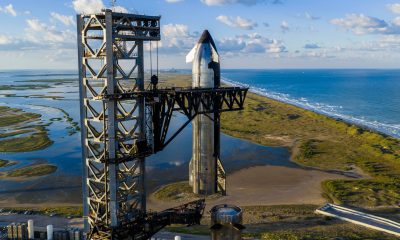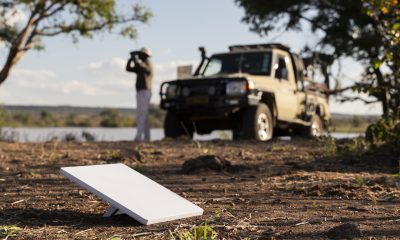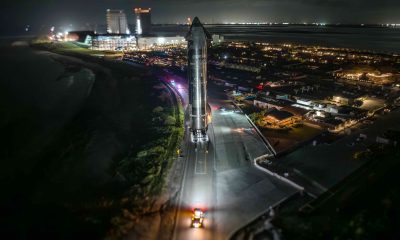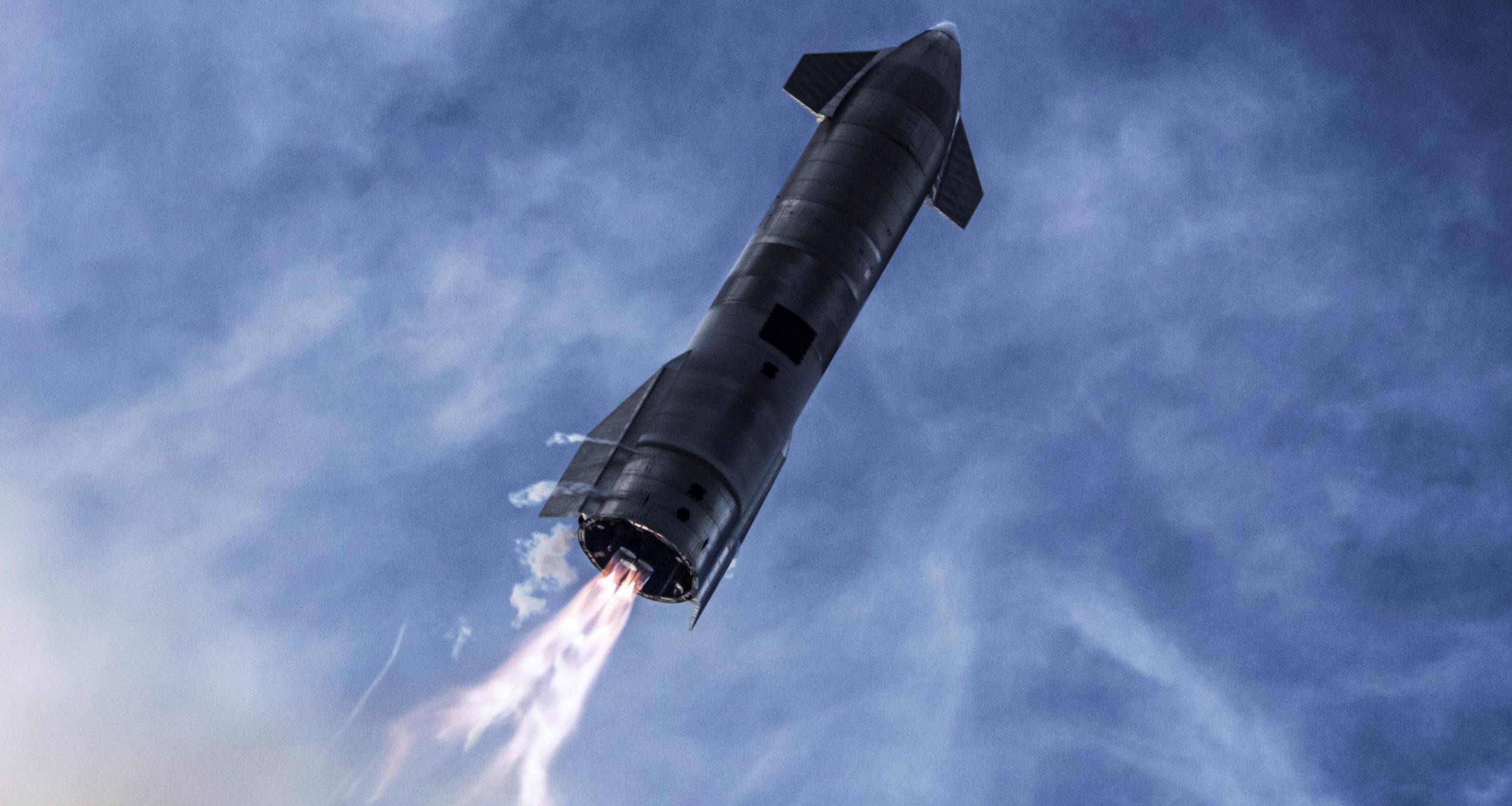
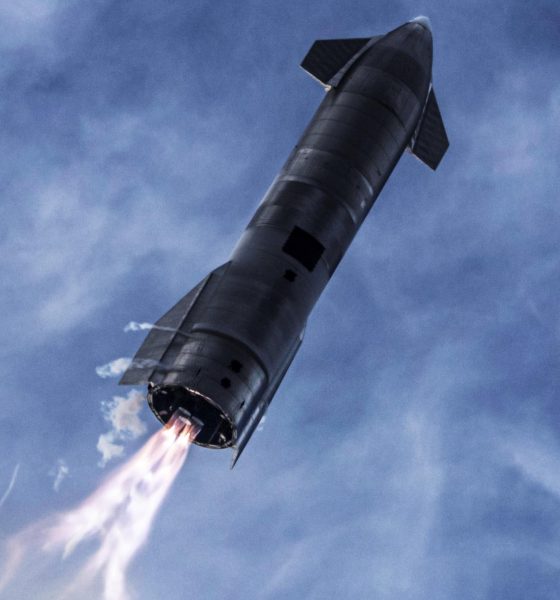
News
SpaceX’s first orbital Starship launch slips to March 2022 in NASA document
A NASA document discussing a group’s plans to document SpaceX’s first orbital-velocity Starship reentry appears to suggest that the next-generation rocket’s orbital launch debut has slipped several months into 2022.
In March 2021, CEO Elon Musk confirmed a report that SpaceX was working towards a target of July 2021 for Starship’s first orbital launch attempt. At the time, it seemed undeniably ambitious but far from impossible. Less than half a year prior, SpaceX had kicked off a series of suborbital Starship test flights to altitudes of 10-12.5 km (6.2-8 mi). Beginning in December 2020, SN8 – effectively the first structurally complete Starship prototype – nearly stuck a landing on its first try, only narrowly falling short due to an engine and pressurization issue.
Less than two months later, SpaceX completed and launched Starship SN9 – again with a nearly flawless six-minute flight capped off with an unsuccessful landing attempt. Starship SN10 followed less than a month later and became the first prototype to land in one piece – albeit only for a few minutes. It was two weeks after that near-success – SpaceX’s third launch in as many months – that Musk revealed a goal of July 2021 for Starship’s first orbital launch. At that point in time, it appeared all but inevitable that SpaceX would be technically ready for an orbital launch before the end of the year.
Two weeks after Musk’s comments and less than four weeks after SN10’s near-miss, Starship SN11 gave one of the worst performances yet, invisibly exploding inside a fogbank well above the ground. However, further stoking the fires of optimism, Starship SN15 debuted a number of upgrades and became the first prototype to successfully launch, land, and survive a ~10km test flight in early May. Put simply, SpaceX built five Starship prototypes practically from scratch in roughly eight months and then completed five test flights in less than five months – all of which were largely successful.
SpaceX considered reusing Starship SN15 or launching SN16 to gain more landing experience but ultimately decided to mothball the prototypes to avoid disrupting orbital launch site construction. Just three months after SN15’s successful landing, SpaceX rolled the first orbital-class Starship and Super Heavy to the orbital launch site and briefly stacked the pair (Ship 20 and Booster 4) to their full height, forming the tallest rocket ever assembled. Although largely a photo opportunity, SpaceX still installed a full 29 Raptors on Super Heavy B4 and six Raptors on Starship S20, further raising confidence that the company’s engine production was already up to the task of supplying the nearly three-dozen needed for a single orbital test flight.
However, for reasons that are less than clear, that August 6th full-stack milestone is about where SpaceX’s H1 2021 momentum appeared to run into a brick wall. Perhaps due to a desire to focus on orbital launch site construction even at the cost of avoiding road closures or testing that would require a clear pad, Starship S20 sat on a stand for the better part of two months before completing even a minor test – by far the longest any Starship prototype has waited.
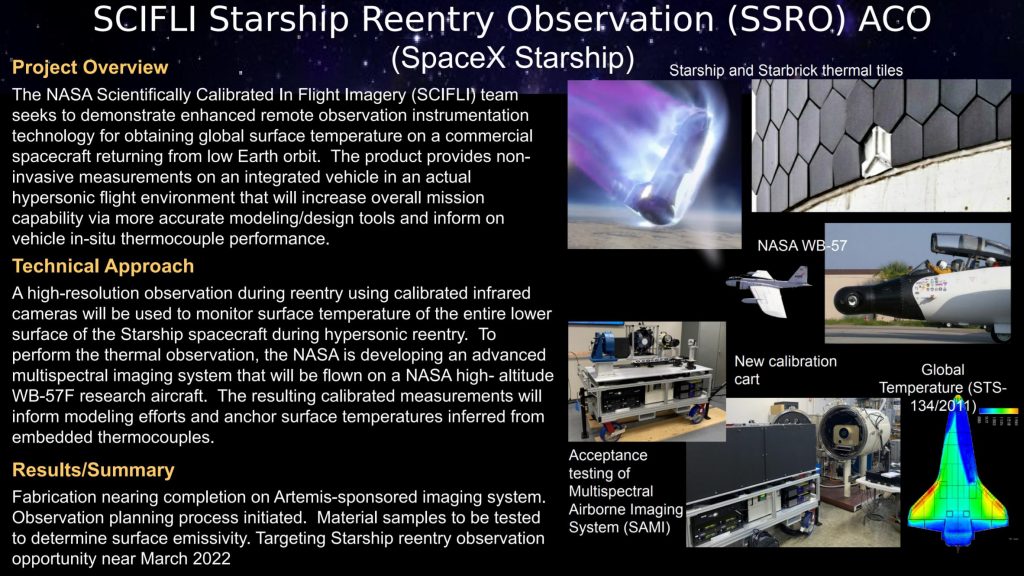
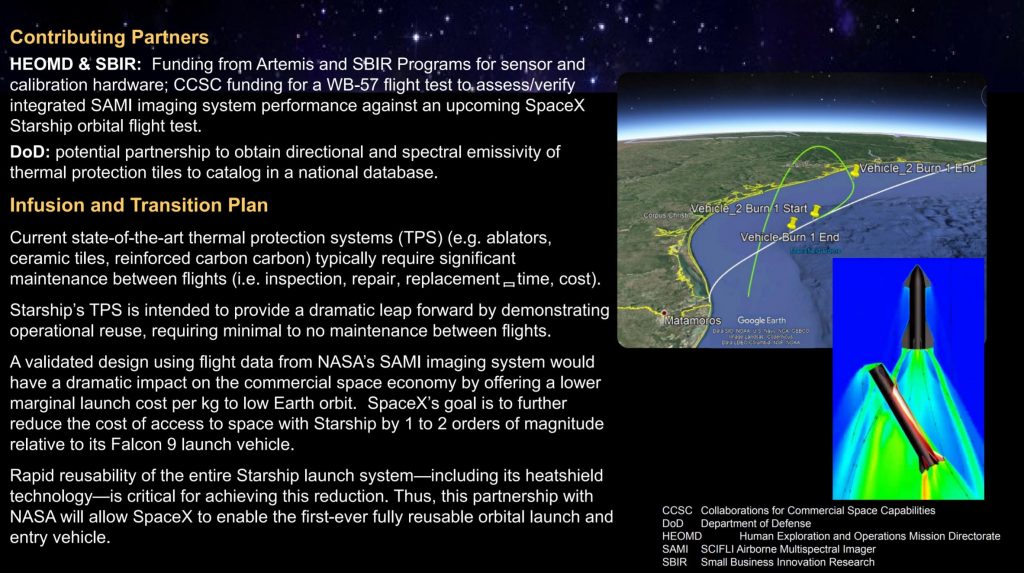
Seemingly in the midst of its third round of Raptor engine removal, Super Heavy B4 has yet to attempt a single test and it’s unclear how close to ready the orbital pad is to support booster proof and static fire tests. Neither ship nor booster has attempted to static fire its Raptor engines, though S20 could potentially be ready for its first test as early as Monday, October 18th.
Combined with recent developments in the FAA’s Boca Chica environmental review process, the odds of SpaceX attempting the first orbital Starship launch by the end of 2021 have rapidly dropped from decent to near-zero. From a technical perspective, it seems likely that SpaceX could still be ready for an orbital launch attempt just a few months from now. From a regulatory perspective, though, it would be practically unprecedented for the FAA to complete a favorable environmental review and approve even a one-off orbital Starship launch license in ~10 weeks. Even the apparent March 2022 target revealed in a NASA poster focused on the agency’s plans to film an orbital Starship reentry via high-altitude jet assumes that the FAA’s review and licensing process will take ~7 months from August 2021 – still extremely optimistic.
Ultimately, after two months with next to no prototype testing, it’s beginning to look like SpaceX has decided to focus on finishing Starbase’s first orbital launch site, refining vehicle designs, and building new prototypes (B5, S21, S22) rather than pushing hard for rapid B4/S20 testing and an imminent launch attempt. As a result, it’s becoming increasingly unlikely that Booster 4 and Ship 20 will fly as new and improved prototypes like Super Heavy B5 and Starship S21 prepare to overtake them.
News
Tesla’s new Safety Report shows Autopilot is nine times safer than humans
Tesla released its Vehicle Safety Report for Q3 2025, and it showed that one crash was recorded every 6.36 million miles drive in which drivers were using Autopilot technology.
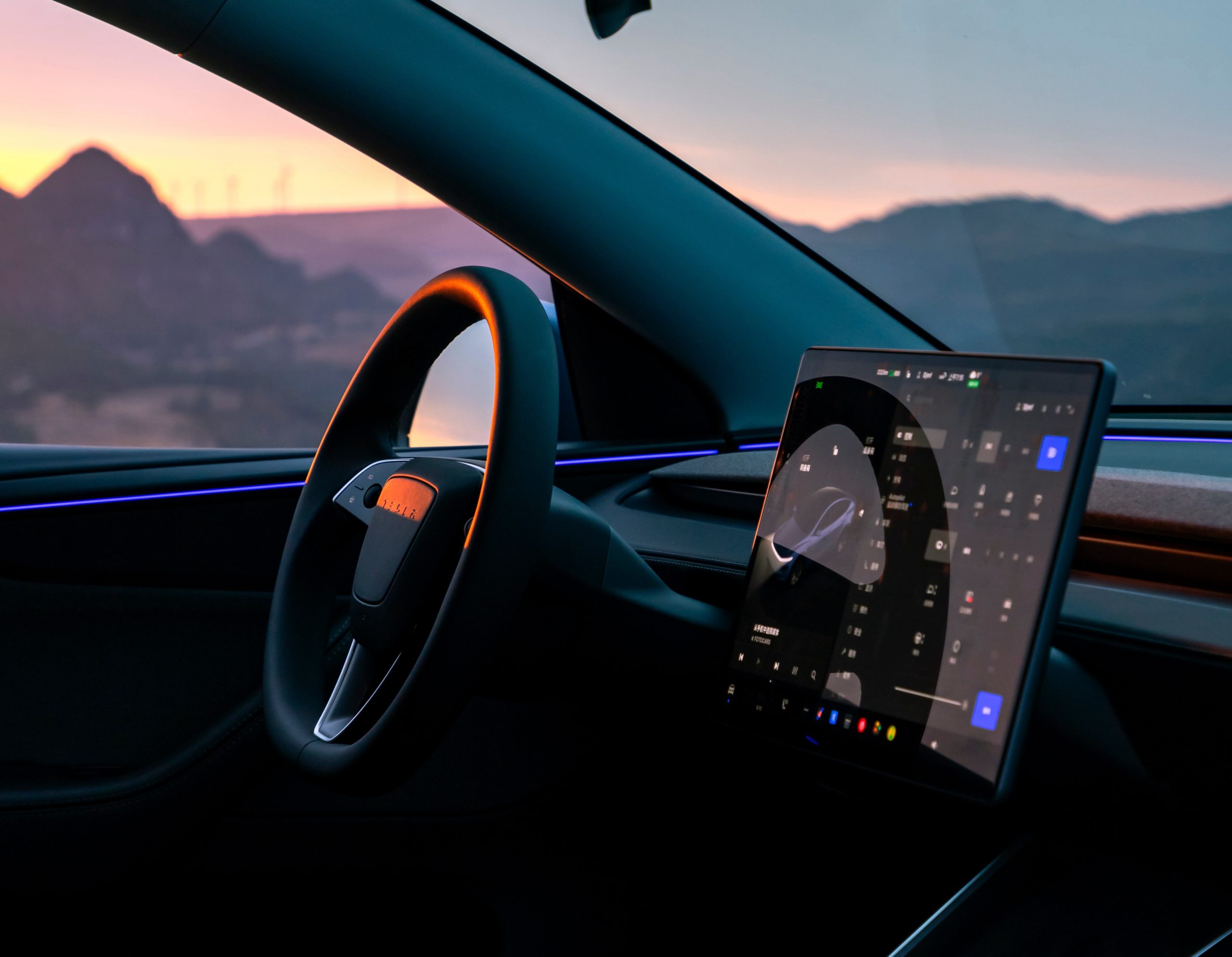
Tesla’s new Safety Report for Q3 shows Autopilot technology contributed to accident frequency that was nine times lower than the national average.
Tesla released its Vehicle Safety Report for Q3 2025, and it showed that one crash was recorded every 6.36 million miles drive in which drivers were using Autopilot technology.
This is a stark contrast from the most recent data made available by the National Highway Traffic Safety Administration (NHTSA) and Federal Highway Administration (FHWA), which shows there is an automobile crash approximately every 702,000 miles.
Autopilot & FSD Supervised safety data
In Q3 2025, we recorded 1 crash for every 6.36 million miles driven in which drivers were using Autopilot technology
By comparison, the most recent data available from NHTSA & FHWA (from 2023) shows that in the United States there was an… pic.twitter.com/8isNe7X4vg
— Tesla (@Tesla) October 22, 2025
The figure for Q3 2025 is slightly lower than the one that Tesla released in Q3 2024, which eclipsed 7 million miles between accidents for drivers using Autopilot technology.
Over the past seven quarters, Q1 has been Tesla’s strongest showing with the Vehicle Safety Report, with Q4 being the weakest. This is usually attributed to weather and driving conditions deteriorating toward the end of the year.
Q1 2024 was Tesla’s best performance so far, with one crash every 7.63 million miles.
Autopilot and Full Self-Driving have been a major focus of Tesla over the past few years, and recent versions have improved on what has already proven to be an extremely safe way to travel, as long as it is used correctly.
Tesla’s Full Self-Driving (Supervised) suite is a suitable way to allow the vehicle to navigate through any traffic setting and has been widely effective for day-to-day travel. With the data Tesla gets from its use across its vehicle fleet, it gets more refined and more accurate with every passing mile.
The company has teased the potential for completely unsupervised Full Self-Driving releases in the future, but Tesla has to solve autonomy before it can offer anything like that to the public.
News
Tesla looks to enter a new continent, new job posting shows
Tesla is present on five of the seven continents: North America, Europe, Asia, South America, and Australia. In South America, Tesla currently operates only in one country, Chile, but is looking to expand to more areas.
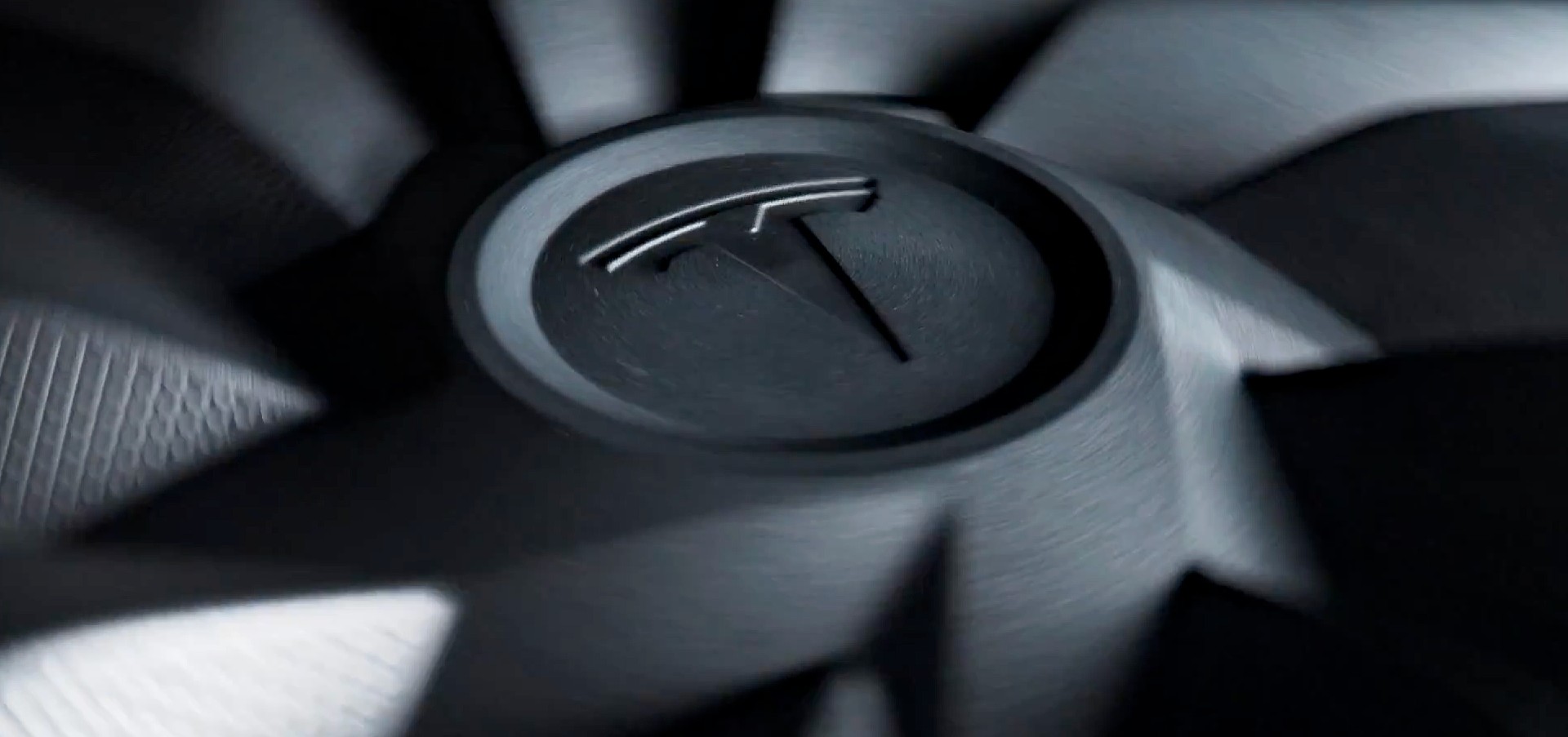
Tesla is looking to enter Africa for the first time, launching operations on a new continent and expanding its vehicle business operations.
Tesla is present on five of the seven continents: North America, Europe, Asia, South America, and Australia. In South America, Tesla currently operates only in one country, Chile, but is looking to expand to more areas.
Although the company has not launched anything in Africa, a new job posting indicates that Tesla is looking to launch there for the first time.
According to a new posting on Tesla’s Careers website, it is looking for a full-time Country Sales & Delivery Leader in Casablanca, Morocco:
“The Country Sales & Delivery Leader is responsible for driving the sales and delivery strategy and daily operations across the country. They will hire and develop the best people leaders and ensure the development of the highest performing teams. The Field Sales & Delivery Leader will take accountability for achieving ambitious sales and delivery targets and ensure the business performs on key success criteria, including but not excluded to market growth, customer satisfaction, operational excellence, and employee deployment and retention. In addition to driving business performance across sales & delivery, the Field Sales & Delivery is expected to act as an ambassador for Tesla in the market, as well as provide critical perspective and guidance on decisions impacting outcomes within their market to increase Tesla’s market share.”
NEWS: Tesla is officially launching in Africa.
The company has a new job listing for a full-time Country Sales & Delivery Leader in Casablanca, Morocco.
“The Country Sales & Delivery Leader is responsible for driving the sales and delivery strategy and daily operations across… pic.twitter.com/mm6pgBAu5s
— Sawyer Merritt (@SawyerMerritt) October 22, 2025
Back in July, Tesla officially registered its presence in the Moroccan market with the $2.75 million initial capital investment, according to The Habari Network.
The move marked a formal attempt at market entry for the EV maker, and it could signal even more opportunities through its other business operations, like energy.
Morocco is looked at as one of the countries in Africa that is most prone to transition toward EVs, as its government has focused on renewable energy and strategic investments in transportation.
It also has local production advantages, as Renault operates a plant in Morocco.
Investor's Corner
Tesla investors want answers to these five questions during Q3 Earnings
These are the top five questions that have been asked and voted for by investors of the company, and what we think about them.
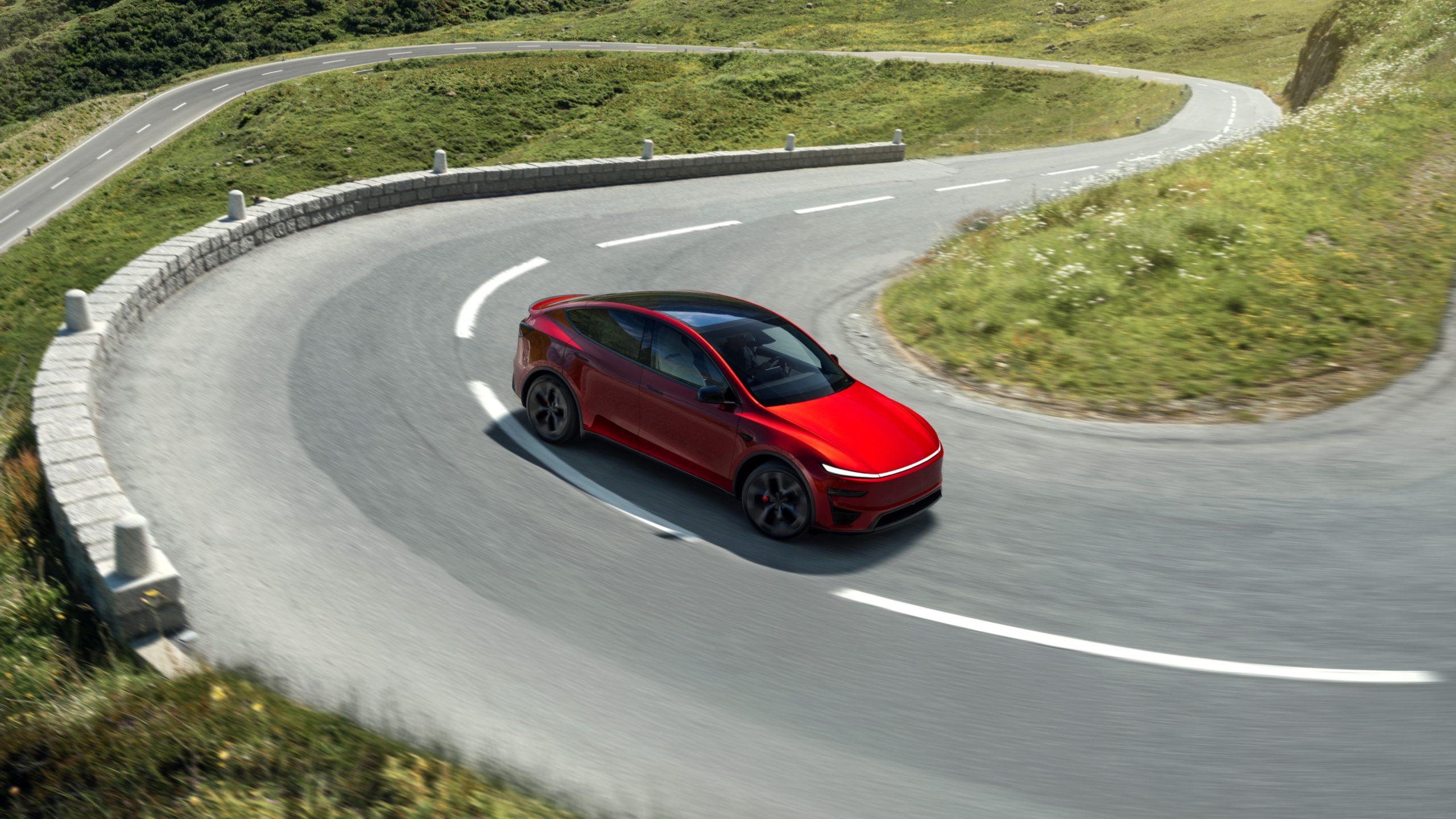
Tesla (NASDAQ: TSLA) is preparing to report its earnings for the third quarter of 2025 this afternoon. Investors are looking for answers regarding the Robotaxi launch, energy division, potential future vehicle releases, Optimus, and demand stimulation without the tax credit.
Using the investor platform Say, Tesla allows investors to ask questions for the earnings call.
These are the top five questions that have been asked and voted for by investors of the company, and what we think about them:
- What are the latest Robotaxi metrics (fleet size, cumulative miles, rides completed, intervention rates), and when will safety drivers be removed? What are the obstacles still preventing unsupervised FSD from being deployed to customer vehicles?
- What we think: Tesla should release some metrics about Robotaxi operation, but it has been cryptic about fleet size and other statistics in the past. Additionally, CEO Elon Musk said Safety Drivers should be removed ‘by the end of the year,’ and we imagine this will be reiterated during the call. Regarding Unsupervised FSD, Tesla has stated that safety is its priority moving forward with the FSD rollout and Robotaxi as well.
- What is demand/backlog for Megapack, Powerwall, Solar, or energy storage systems? With the current AI boom, is Tesla planning to supply power to other hyperscalers?
- What we think: This is perhaps the only question of the five that Tesla will be totally forthcoming with, as it usually does not reveal vehicle plans or data on these earnings calls. However, it will be interesting to see if the company has any plans to supplement the increasing AI plans with its energy products. Energy falls under the radar with a lot of its achievements, so it really could be a major focus of this call if this question gets answered.
- What are the plans for new car models? Will Tesla build compact car models leveraging the unboxed Cybercab platform? Will Tesla build a traditional SUV and pickup truck on the Cybertruck platform?
- What we think: Tesla does not unveil or release plans about projects on earnings calls, so we doubt there will be much color here from executives. Considering Tesla has put so much weight on autonomy in the U.S., we’re not necessarily convinced it will plan to do much more than Cybercab, and SUV and pickup trucks will likely be built on a different platform as well, if they’re offered at all. Musk isn’t sure about bringing the Model Y L to the U.S. market due to the “advent of self-driving.”
- What are the present challenges in bringing Optimus to market, considering app control software, engineering hardware, training general mobility models, training task-specific models, training voice models, implementing manufacturing, and establishing supply chains?
- What we think: This will likely be where Tesla teases the capabilities of Optimus Gen 3, and comes up with some sort of rough date where it could show off the new design. Tesla has been using Optimus in its factories and other internal operations, so it’s likely we’ll hear some stories about that as well. Tesla is looking to refine the Optimus design so it is useful and capable in residential applications, and its hands are likely the biggest bottleneck as they are arguably the most crucial part of the product.
- Can you talk about demand stimulation avenues beyond affordability? Given the state of global politics, can Tesla’s brand elevate above the divisiveness and return global perception back to our inspirational roots of ludicrous performance, environmental good, and superior safety?
- What we think: Tesla is going to flex its new Standard offerings now, and the company has been transparent that Musk’s political involvement will wind down in a timely manner, according to the proxy it released when it revealed his pay package.
-

 Elon Musk5 days ago
Elon Musk5 days agoSpaceX posts Starship booster feat that’s so nutty, it doesn’t even look real
-

 Elon Musk4 days ago
Elon Musk4 days agoTesla Full Self-Driving gets an offer to be insured for ‘almost free’
-

 News4 days ago
News4 days agoElon Musk confirms Tesla FSD V14.2 will see widespread rollout
-

 News5 days ago
News5 days agoTesla is adding an interesting feature to its centerscreen in a coming update
-

 News1 week ago
News1 week agoTesla launches new interior option for Model Y
-

 News6 days ago
News6 days agoTesla widens rollout of new Full Self-Driving suite to more owners
-

 Elon Musk5 days ago
Elon Musk5 days agoTesla CEO Elon Musk’s $1 trillion pay package hits first adversity from proxy firm
-

 News3 days ago
News3 days agoTesla might be doing away with a long-included feature with its vehicles


